1. Verdun AV, Cohen SP, Williams BS, Hurley RW. Pneumocephalus after lumbar epidural steroid injection: a case report and review of the literature. A A Case Rep. 2014; 3:9–13.
2. Brogly N, Guasch E, Alsina E, García C, Puertas L, Dominguez A, et al. Epidural space identification with loss of resistance technique for epidural analgesia during labor: a randomized controlled study using air or saline-new arguments for an old controversy. Anesth Analg. 2018; 126:532–6.
3. Schier R, Guerra D, Aguilar J, Pratt GF, Hernandez M, Boddu K, et al. Epidural space identification: a meta-analysis of complications after air versus liquid as the medium for loss of resistance. Anesth Analg. 2009; 109:2012–21.
4. Aida S, Taga K, Yamakura T, Endoh H, Shimoji K. Headache after attempted epidural block: the role of intrathecal air. Anesthesiology. 1998; 88:76–81.
5. Zaki SM. Study of the human ligamentum flavum in old age: a histological and morphometric study. Folia Morphol (Warsz). 2014; 73:492–9.
6. Hogan QH. Epidural anatomy examined by cryomicrotome section. Influence of age, vertebral level, and disease. Reg Anesth. 1996; 21:395–406.
7. Han CS, Yu JS, Kim IH, Kim YJ, Kim CS, Ahn KR. Headache and pneumocephalus after lumbar epidural block -a case report-. Korean J Pain. 1996; 9:251–5.
8. Ahn B, Noh SM, Kim NH. Pneumocephalus after an epidural injection. J Korean Neurol Assoc. 2012; 30:148–50.
9. Kim YD, Lee JH, Cheong YK. Pneumocephalus in a patient with no cerebrospinal fluid leakage after lumbar epidural block - a case report -. Korean J Pain. 2012; 25:262–6.
10. Jung SK, Park KH. Pneumocephalus after epidural steroid injection -a case report-. Korean J Pain. 2001; 14:276–9.
11. Kim YD, Ham HD, Moon HS, Kim SH. Delayed pneumocephalus following fluoroscopy guided cervical interlaminar epidural steroid injection: a rare complication and anatomical considerations. J Korean Neurosurg Soc. 2015; 57:376–8.
12. Chung YW, Seo HY, Lee DH, Kim SK. Pneumocephalus after interlaminar lumbar epidural block. J Korean Orthop Assoc. 2017; 52:552–5.
13. Landa J, Kim Y. Outcomes of interlaminar and transforminal spinal injections. Bull NYU Hosp Jt Dis. 2012; 70:6–10.
14. Stojanovic MP, Vu TN, Caneris O, Slezak J, Cohen SP, Sang CN. The role of fluoroscopy in cervical epidural steroid injections: an analysis of contrast dispersal patterns. Spine (Phila Pa 1976). 2002; 27:509–14.
15. Goodman BS, Posecion LW, Mallempati S, Bayazitoglu M. Complications and pitfalls of lumbar interlaminar and transforaminal epidural injections. Curr Rev Musculoskelet Med. 2008; 1:212–22.
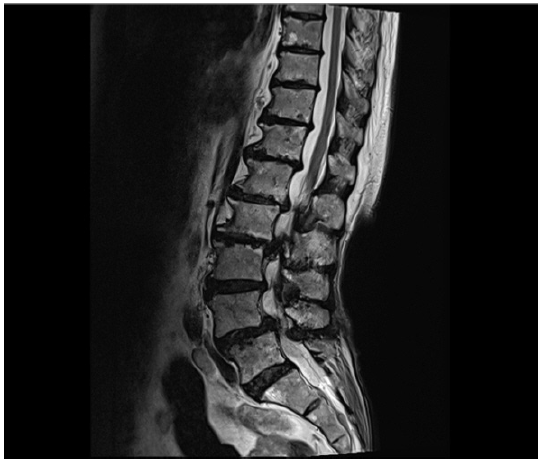
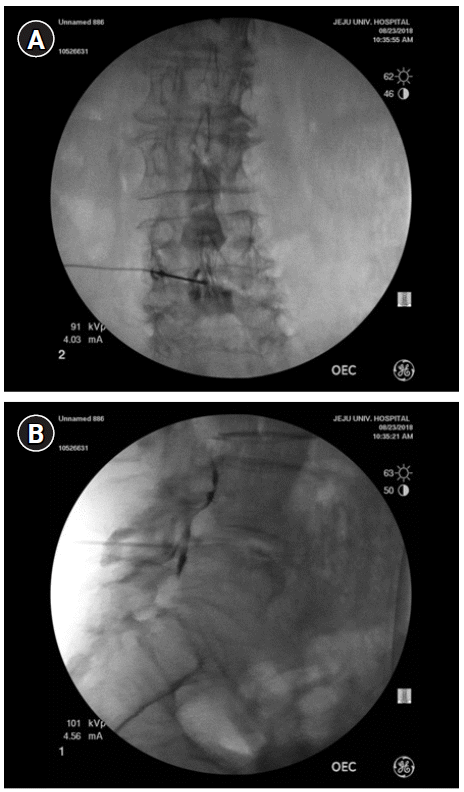

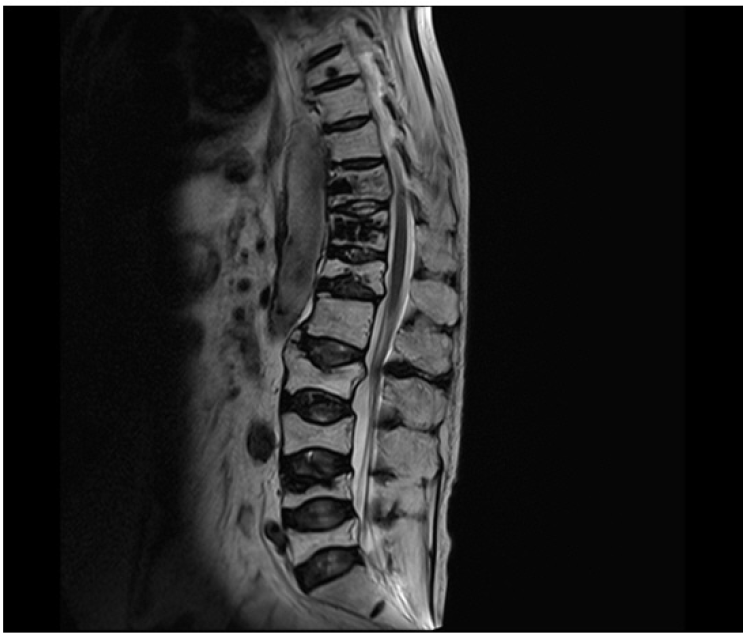
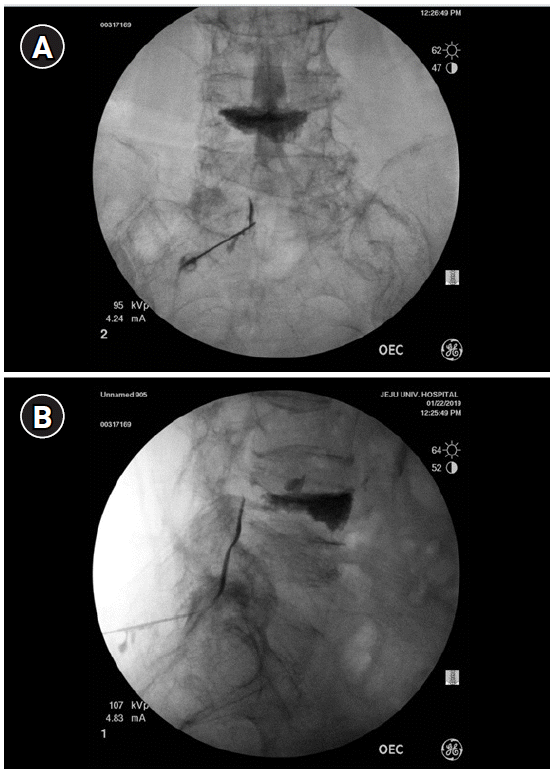
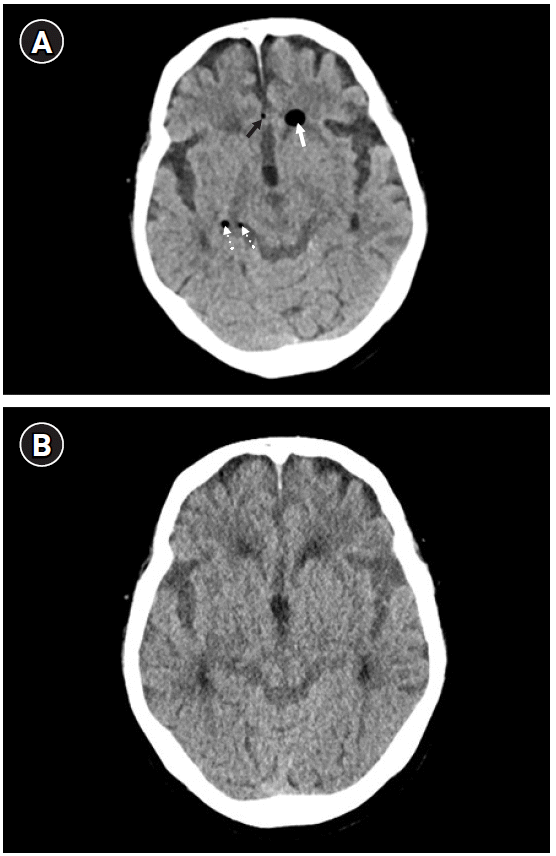




 PDF
PDF Citation
Citation Print
Print



 XML Download
XML Download